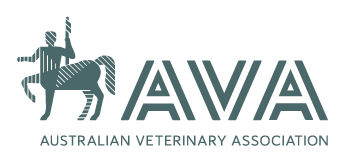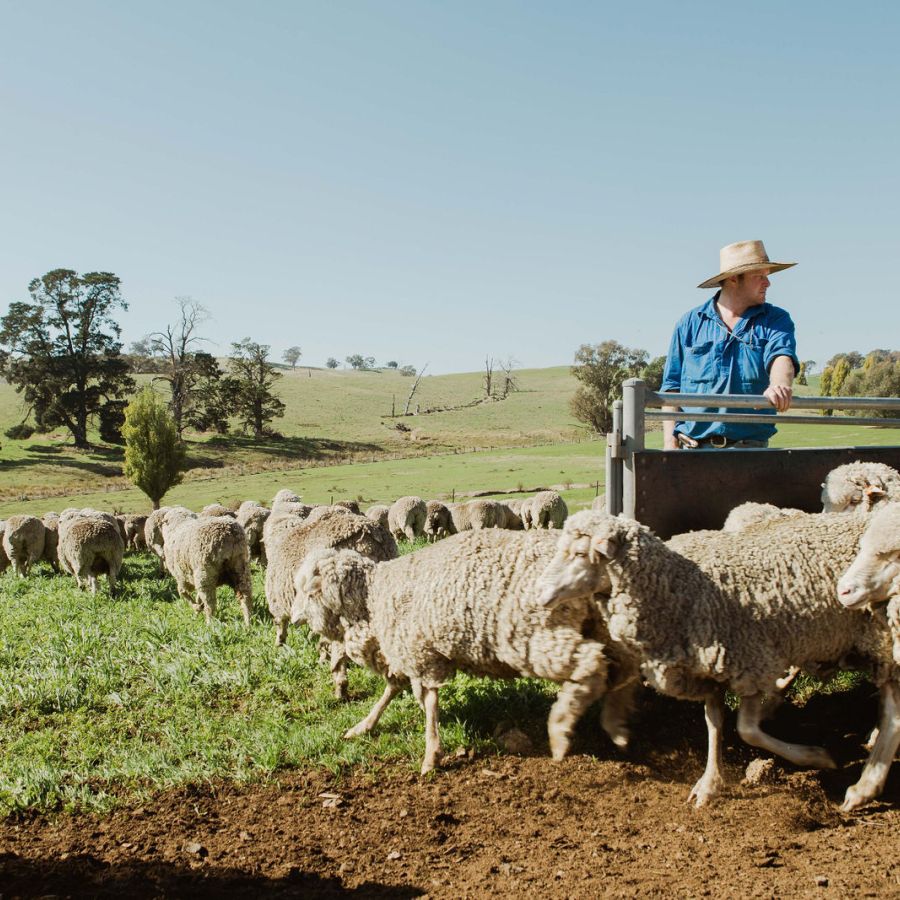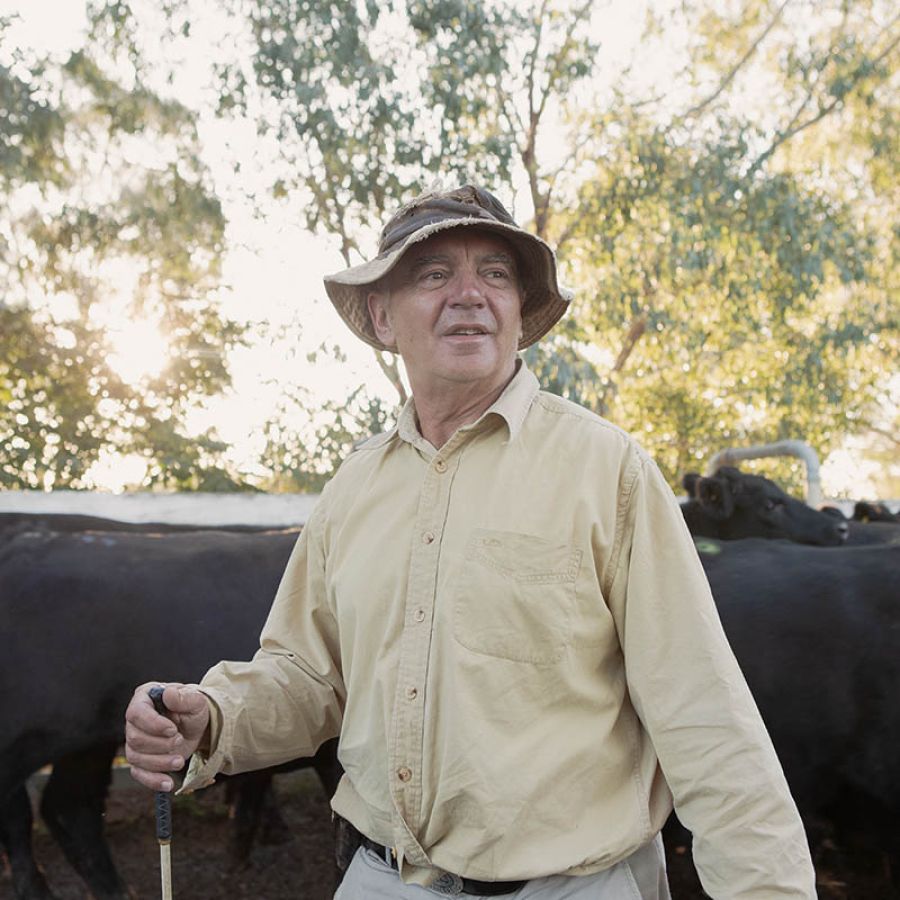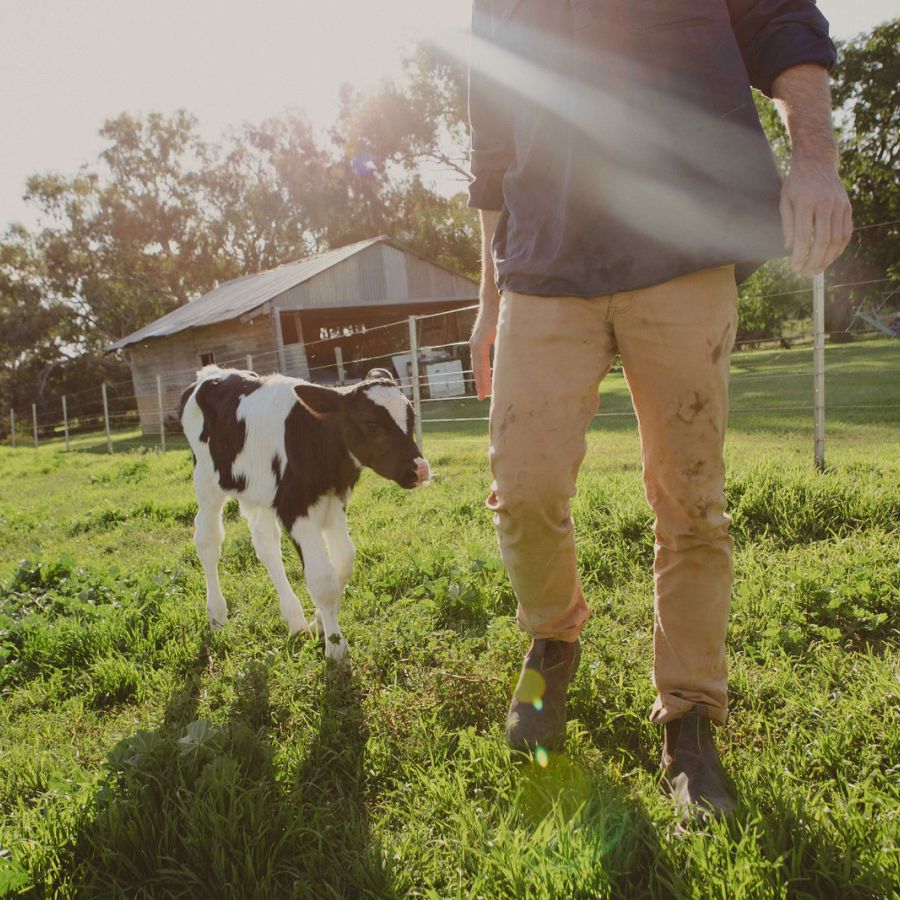Pig Standards
Better Choices pig producers recognise and comply with legislation in states and territories covering animal welfare and regulation of husbandry procedures, carefully considering all options to mitigate pain in their pigs.
For essential husbandry procedures, it is important that these are done correctly under veterinary supervision and/or in accordance with recognised industry guidelines.
Pain relief during routine husbandry procedures is now expected. One product is not enough: combined local anaesthetics and NSAIDs provides better relief. Local anaesthetics provide immediate relief but are short-acting; NSAIDs give longer duration relief but not for immediate pain.
Better Choices primary producers must self certify that they have used used pain relief during surgical and non-surgical husbandry procedures, for all animals in their care, and identify their routine veterinarian and/or retail supplier of pain relief products.
If you have eliminated or conduct any of the following procedures and use any of the products listed below, then we want to recognise you as a Better Choices pig producer!
Procedure
Male pigs enter puberty at about 5 months of age, at this stage they start developing natural smells which can be offensive and cause an odor referred to as 'boar taint'. Immunocastration is an acceptable mechanism to immunologically suppress the development of the odors and is accepted globally. Alternatively male pigs can be surgically castrated using a knife or scalpel. Appropriate use of local anaesthetic pain relief is required during this procedure.
Tail docking is a management procedure performed on pigs to reduce the incidence of tail biting and cannibalism. Tail docking should be performed early to reduce pain and so that no open wounds remain on the end of the tail at the time of weaning and involves cauterisation or clipping of the tail. Tail biting is largely a result of lack of enrichment and the procedure should be carried out when measures to improve environmental conditions or management systems have failed to remove tail biting issues.
Teeth clipping in pigs is a management practice aimed at preventing injuries caused by piglet interactions during nursing. It involves trimming piglets' sharp canine teeth to reduce the risk of harm to both littermates and the sow. While teeth clipping is employed judiciously and only when necessary, there should be an emphasis on exploring alternative management strategies that promote natural behavior and reduce the need for such interventions.




